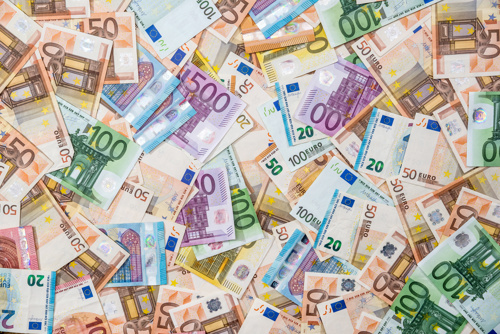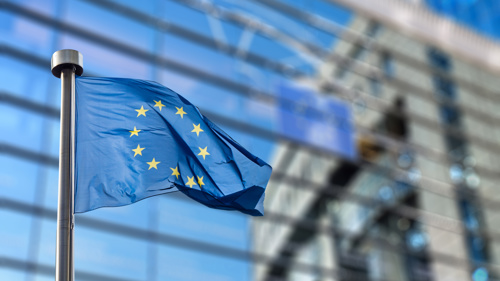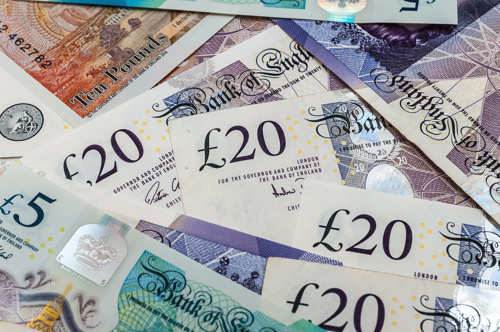Many of us have leftover euros stored away at home from the last time we went on holiday. After all, the euro is the second most-used currency in the world after US dollars, and the official currency of the European Union.
But if you’re wondering what countries use euros, you might be surprised to know that not all the countries in the EU do. Denmark, for example, opted out of the single currency when it joined the EU, so it’s Danish krone you’ll want to buy if you’re heading here.
Other EU countries, like Bulgaria, are set to adopt the euro but haven’t yet. So if you’re planning a city break to Sofia or hitting the beaches of Bourgas in 2025 you’ll need to stock up on Bulgarian lev – but it’s likely to be euros from 2026.
If you’re planning a trip to any European country, always check the local currency to make sure you’re buying the right travel money for your destination. We’ve covered everything you need to know about which countries use the euro to get your travel planning off to a great start.
How many countries use the euro?

EU member countries that use the euro:
- Austria
- Belgium
- Croatia
- Cyprus
- Estonia
- Finland
- France
- Germany
- Greece
- Ireland
- Italy
- Latvia
- Lithuania
- Luxembourg
- Malta
- the Netherlands
- Portugal
- Slovakia
- Slovenia
- Spain
Non-EU member countries and territories that use the euro:
- Andorra
- Kosovo
- Monaco
- Montenegro
- San Marino
- Vatican City

What EU countries do not use the euro?
At the moment, seven of the 27 EU countries in the Eurozone don’t use the euro. These are:
- Denmark: uses the Danish krone (DKK)
- Bulgaria: uses the Bulgarian lev (BGN)
- Czechia: uses the Czech koruna (CZK)
- Hungary: uses the Hungarian forint (HUF)
- Poland: uses the Polish złoty (PLN)
- Romania: uses the Romanian Leu (RON)
- Sweden: uses the Swedish krona (SEK)
When was the euro first introduced?

The euro was launched on 1 January, 1999, and began life purely as an electronic currency. It wasn’t until three years later that the first physical euro banknotes and coins appeared in our wallets on 1 January, 2002 – replacing the national currencies of 12 EU countries in the process.
Rolling out the euro was no mean feat, requiring billions of new coins and notes to be distributed in the space of just a few weeks. The original design of the banknotes features architectural styles from various periods in European history, although the European Central Bank has recently announced plans to revamp them.
What is the British pound to euro exchange rate?

Like any currency, the exchange rate from British pounds (GBP) to euros (EUR) fluctuates regularly. You can use our exchange rate calculator to see today’s rate from M&S Travel Money and work out how much travel money you’ll need for your trip.
The term ‘exchange rate’ comes from the fact that foreign currency is traded in pairs – buying euros with British pounds, in this case. Because of that, one currency is always priced relative to another currency. When both currencies have the same value, it’s known as ‘parity’, although it’s a point the pound and the euro have never reached.
Buying euros with M&S Travel Money
Ready to go? Wherever you’re heading, you can order your euros online today for Click & Collect with no commission and no hidden fees. T&Cs apply.
